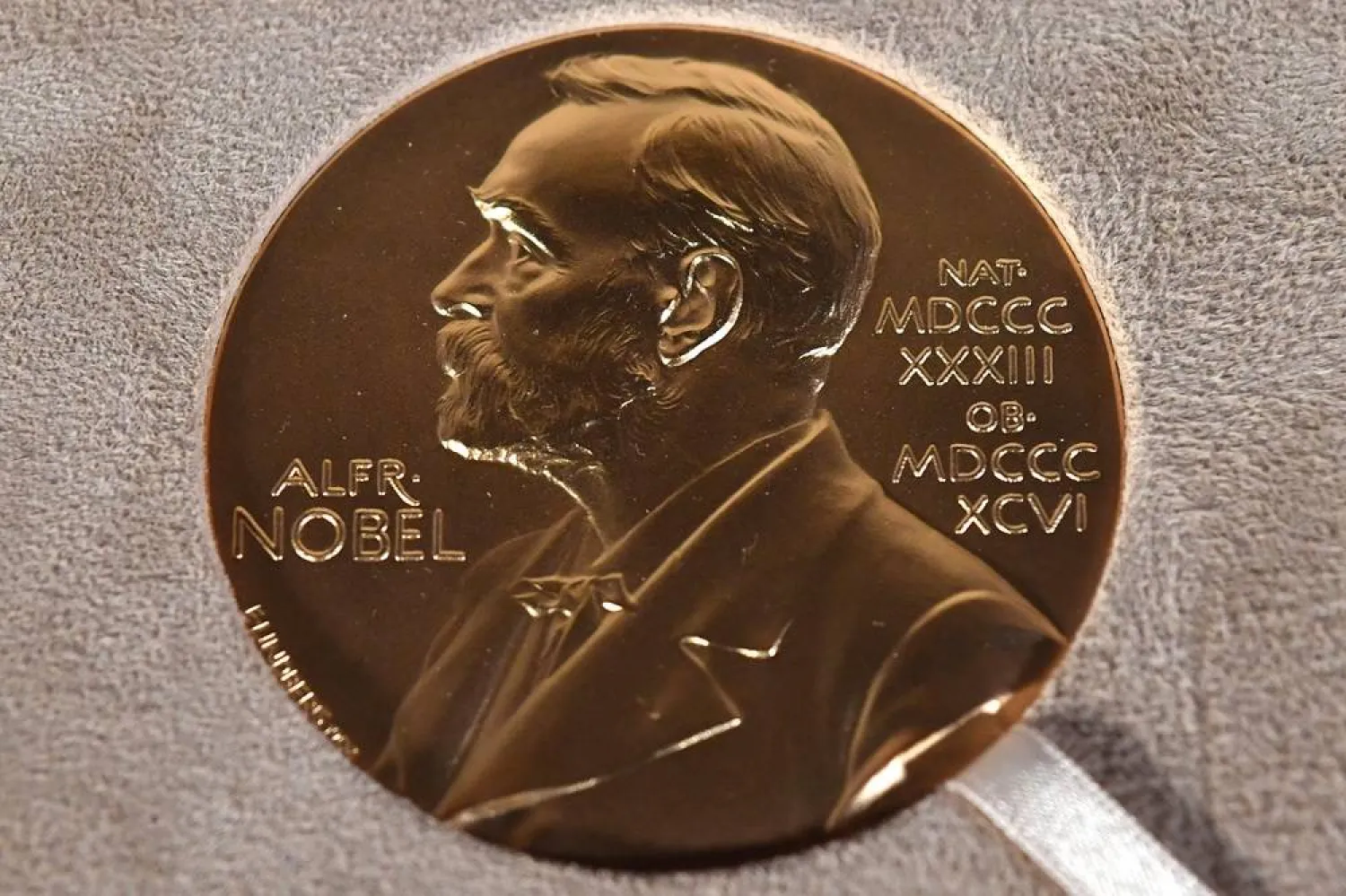Noor Riyadh is set to return in its fourth edition between November 28 and December 14, bringing together over 60 artists of 18 nationalities to illuminate the Saudi capital under the theme "Light Years Apart.”
According to a statement sent to the Saudi Press Agency, this year's festival features a broad spectrum of creators, including visual artists, industrial designers, sculptors, musicians, and photographers, who will transform Riyadh into a canvas of light and creativity.
Artworks will be displayed at the King Abdulaziz Historical Center, Wadi Hanifah, and the JAX District.
This year's theme explores the profound connection between Althara (the earth) and Althuraya (the sky), examining humanity's journey and its pursuit of the greatest aspirations. The festival will unveil new site-specific commissions by artists such as Abdul Rahman Taha, Athar Alharbi, Jukan Tatesi, Takeshi Yasura, Kimchi and Chips, Lachlan Turczan, Maryam Tariq, Nasser Al Turki, and Takayuki Mori.
According to the statement, the 2024 edition features 18 Saudi and 43 international artists, from Australia, France, Germany, Hungary, Italy, Japan, Montenegro, the Netherlands, Poland, Russia, Slovenia, South Korea, Spain, Türkiye, the UK, the UAE, and the US.
Curators Dr. Effat Abdullah Fadag and Dr. Alfredo Cramerotti invited visitors to embark on a journey across Riyadh.
King Abdulaziz Historical Center, Riyadh's foremost cultural landmark, hosts exhibitions and museums that celebrate the Kingdom's rich heritage, blending the past and present.
With green corridors, flowing streams, and winding trails, Wadi Hanifah transports visitors to the city's natural landmark, offering an open-air setting to engage with artworks amidst serene surroundings.
Known for its creativity, art galleries, and cultural projects, JAX District serves as a hub for contemporary arts, offering visitors a wide range of modern artistic expressions.
In addition to the captivating light art displays, the festival will offer workshops, artistic dialogue sessions, and a variety of community engagement programs.
Festival Director Nouf Almoneef emphasized the festival's impact. "Riyadh Art and Noor Riyadh celebrate the artistic spirit that thrives in our city and beyond. From families to emerging artists and students, Noor Riyadh offers a platform for artistic exchange and discovery, uniting residents and visitors through the magic of light art,” she said.
“By enhancing Riyadh's livability through festivals, community activities, and permanent artworks, the city has transformed into a vibrant cultural destination."
This year's Noor Riyadh promises to captivate audiences with its blend of artistic ingenuity, community participation, and urban transformation.
All along, Noor Riyadh has transformed the city into a radiant cultural landmark, creating unforgettable experiences for residents and visitors alike. The festival has seen so far over 388 artworks created by over 300 artists from around the globe; it has hosted more than 6,000 activities that engage and inspire.
Attracting over 6 million visitors, Noor Riyadh has achieved an extraordinary 14 Guinness World Records, cementing its reputation as the largest and most impactful light art festival in the world.









